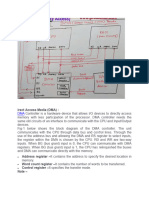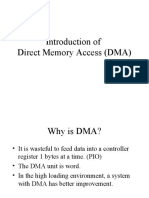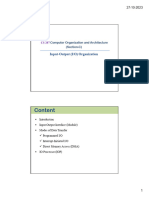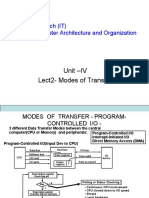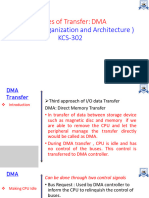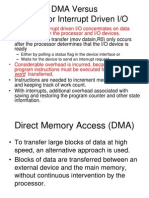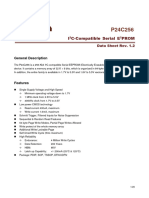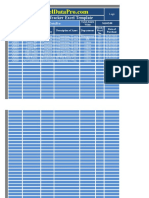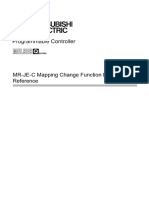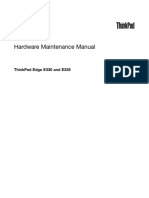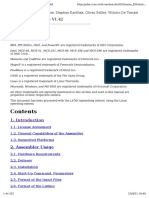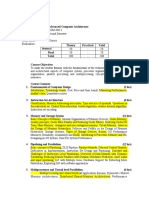0% found this document useful (0 votes)
6 views12 pagesData Structure
The I/O interface facilitates data transfer between internal storage and external devices, with special hardware known as interface units managing these transfers. Different modes of data transfer include programmed I/O, interrupt-initiated I/O, and direct memory access (DMA), which allows peripherals to manage memory buses directly for improved speed. The DMA controller is responsible for managing the transfer process and includes registers for address, word count, and control, while priority interrupts determine the order of servicing multiple requests based on their urgency.
Uploaded by
Aminul IslamCopyright
© © All Rights Reserved
We take content rights seriously. If you suspect this is your content, claim it here.
Available Formats
Download as PPTX, PDF, TXT or read online on Scribd
0% found this document useful (0 votes)
6 views12 pagesData Structure
The I/O interface facilitates data transfer between internal storage and external devices, with special hardware known as interface units managing these transfers. Different modes of data transfer include programmed I/O, interrupt-initiated I/O, and direct memory access (DMA), which allows peripherals to manage memory buses directly for improved speed. The DMA controller is responsible for managing the transfer process and includes registers for address, word count, and control, while priority interrupts determine the order of servicing multiple requests based on their urgency.
Uploaded by
Aminul IslamCopyright
© © All Rights Reserved
We take content rights seriously. If you suspect this is your content, claim it here.
Available Formats
Download as PPTX, PDF, TXT or read online on Scribd
/ 12















